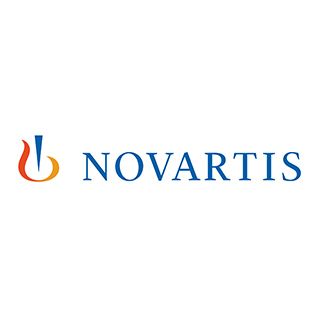Article
Phase 3 Data Shows Ligelizumab Not Superior to Omalizumab for CSU
Author(s):
Both PEARL 1 and PEARL 2 enrolled over 2000 adults and adolescents patients selected from 48 countries.

Today, pharmaceutical company Novartis announced new data on the anti-IgE antibody ligelizumab.
According to results from phase 3 of the PEARL 1 and PEARL 2 trials, the antibody was superior to placebo in the treatment of chronic spontaneous urticaria (CSU) in adult and adolescent patients 12 years and older. However, it was not superior to omalizumab, another biologic agent used for the treatment of chronic spontaneous urticaria.
As such, Novartis has shifted its focus to phase 3 studies for remibrutinib, a highly selective oral BTK inhibitor that has shown “rapid and effective” control of the disease.
The PEARL 1 and PEARL 2 trials
In an effort to establish the safety and efficacy of ligelizumab, investigators conducted 2 identically designed phase 3, mulit-center, randomized, double-blind, active- and placebo-controlled, parallel-group studies with the PEARL 1 and PEARL 2 trials.
Over 2000 adults and adolescents patients selected from 48 countries were randomized to ligelizumab 72 mg, ligelizumab 120 mg, omalizumab 300 mg, or placebo groups. Treatment was given every 4 weeks for 1 year.
Patients who were initially randomized to placebo were switched to ligelizumab 120 mg from Week 24 until the end of the 52-week treatment period.
The primary outcome measured the change from baseline in Urticaria Activity Score over 7 days (UAS7) at Week 12.
Though the studies met their primary endpoints of superiority of ligelizumab versus placebo at week 12 of the study, superiority over omalizumab was not observed.
“We are disappointed that we have been unable to demonstrate superior efficacy for ligelizumab versus standard of care in the treatment of CSU,” said John Tsai, MD, Head of Global Drug Development and Chief Medical Officer of Novartis in a company statement.
“We will continue to evaluate the potential for ligelizumab to bring benefit to patients in the areas of chronic inducible urticaria (CIndU) and food allergy, where there is significant unmet need.”
Full phase 3 data from PEARL 1 and PEARL 2 will be made publicly available after study completion.





